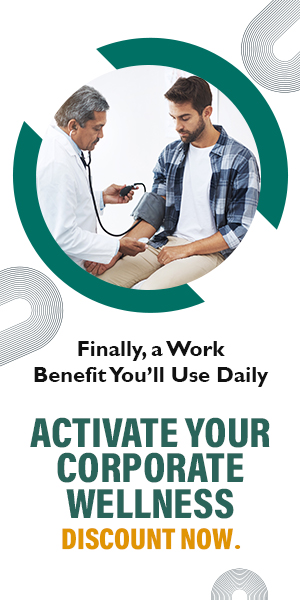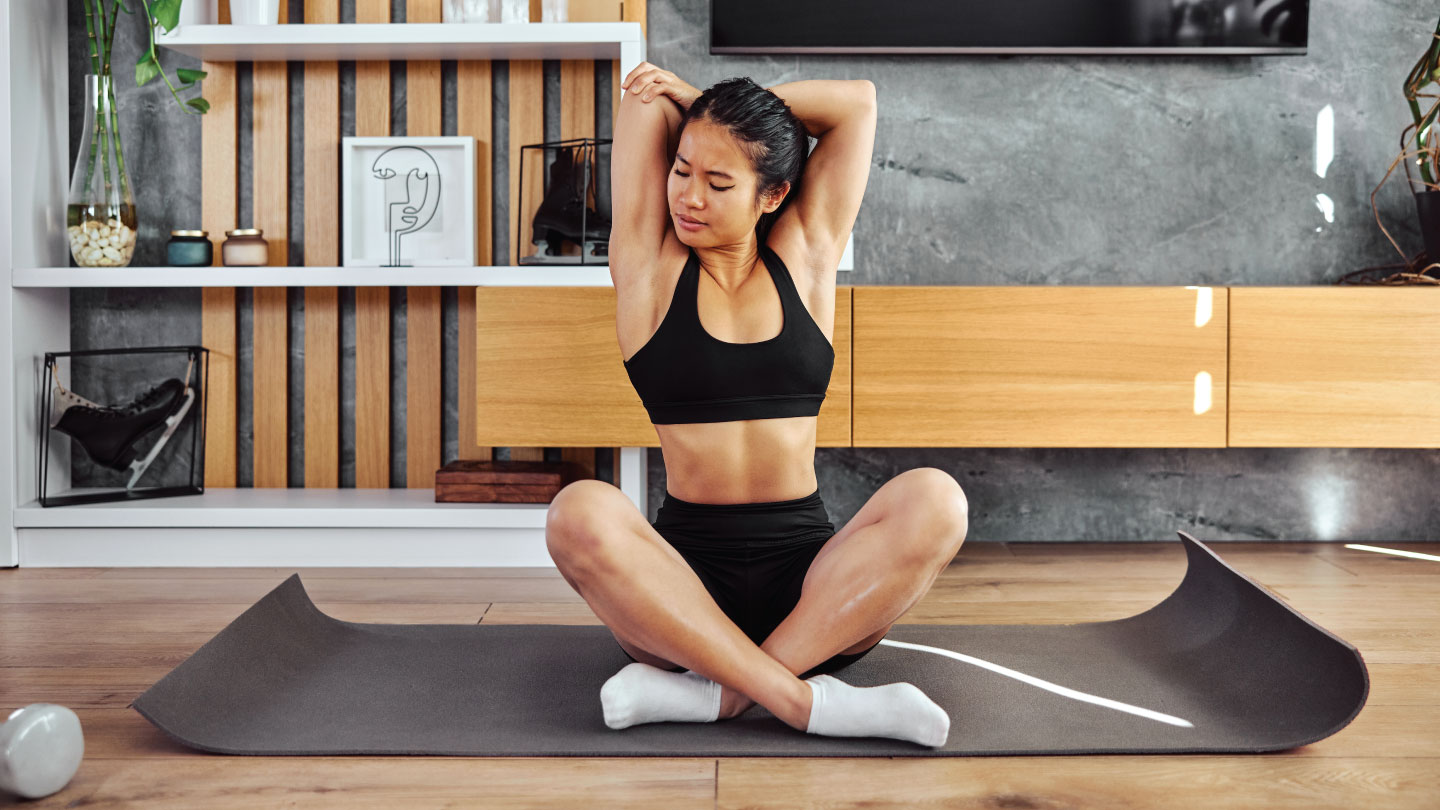Movement
Five Post-Run Stretches Every Runner Should Know
Tight and sore muscles after a run? Add these five stretches to your cool-down routine for better post-run recovery and improved flexibility.

Tight muscles restrict your range of motion and can cause pain and discomfort. Although there is some debate about the effectiveness of stretching on improving running performance, especially pre-run stretches, generally, dynamic stretching (involving controlled active movement) is better for your warm up, and static stretching (involving stretches that are held in a particular position) is more suitable for after your run, during cooldown. Gagan Arora, Distance Running Coach and Founder, Kosmic Fitness, advises, “Warm up with dynamic stretches or joint mobility exercises and some jumping before you start running, especially during cold mornings.” Arora offers his opinion on some of the best stretches for runners, “Downward Dog, Frog Stretch, Warrior Poses, Triangle Pose, Bow Pose are great for overall good running posture and flexibility for runners.”
Remember not to force yourself to go deeper into a stretch beyond what your body’s flexibility allows, as you may injure yourself.
- Start in a tabletop position, on all fours on the floor, with your hands shoulder-width apart and under your shoulders (wrists aligned with shoulders) and your hips above your knees.
- Tuck your toes and lift your knees, and extend your legs as you push your body up (by using the leverage of your palms) so that your body is in an upside down V shape.
- Pressing down through your palms, extend your spine and move your chest towards your thighs, dropping down your heels.
- Relax your head and neck and breathe. Slowly come back to the original position on your hands and knees.


- Start by lying on your stomach, chest raised up, elbows under shoulders and forearms parallel to each other, legs lying straight.
- Bend your knees so that your feet are above your hips.
- Reach back and clasp your feet with your hands. Bring them as close to your thighs as possible.
- Slowly extend your spine and lift your chest up.
- Hold this pose, then slowly release.
Alternatively:
1. Start in a tabletop position, then slowly widen your bent knees outwards.
2. Depending on how far you can go comfortably, go deeper into the stretch so that your toes are pointing outwards.
4. Come back up on your arms, then slowly walk your toes, then knees, in, so that you come back to tabletop position. Keep your weight on your forearms while releasing the pose.
Warrior Pose II
- Start in Mountain Pose. Step back with one leg so that the toes of your back leg are somewhat in a 90 degree position with respect to the toes of your front.
- Bend your front knee at a 90 degree angle and straighten your back leg.
- Stretch your hands straight out along your body, parallel to the floor, palms down.
- Hold this pose, then switch legs.


- From Warrior II, straighten your front leg.
- Bring down your front hand and touch the floor beside the inside of your front leg. Raise the other hand straight up. Make sure both shoulders are aligned along the same line.
- Look up towards your raised hand.
- Hold, then switch legs.
- Lie on your stomach.
- Bend your knees, then reach back and clasp your ankles.
- Slowly raise your chest up (as well as your head and thighs) so that you are in a bow position.
- Hold, then release the pose.
Remember to inhale and exhale, and go slow as you do these stretches.

EXPLORE MORE
A home-based yoga routine can elevate energy, sharpen focus, and nurture mental calm. Discover why it’s worth starting now.
Your posture is whispering a story about stress, screens, and slouching. Here are 6 exercises you must try!
In a world addicted to speed, Shavasana is proof that true regulation begins when you slow down. Discover how this humble pose is the simplest solution to the chaos within you!
When your thoughts won’t slow down, these yoga poses teach your body to stay present in the moment.








.jpg)
.jpg)
